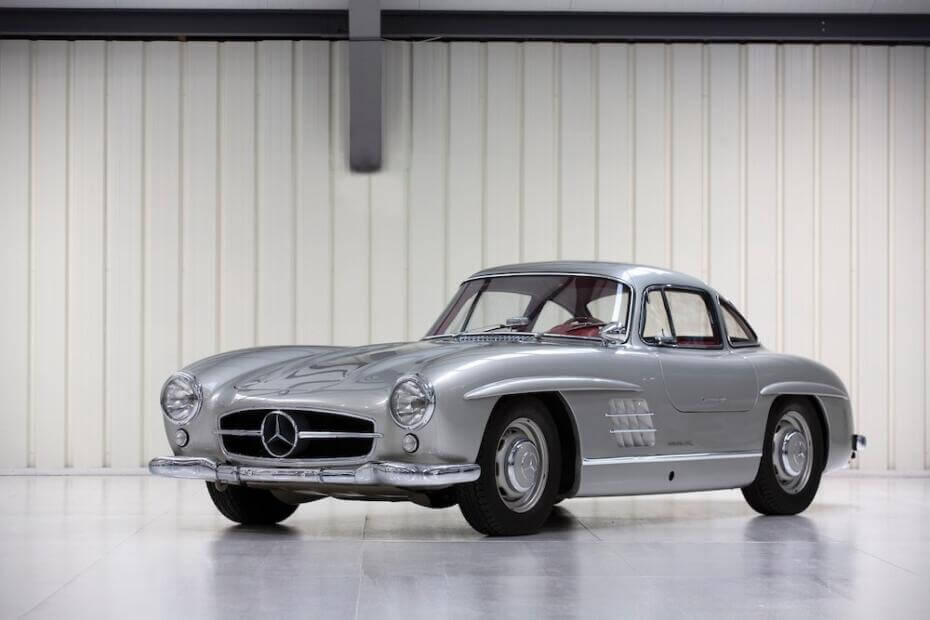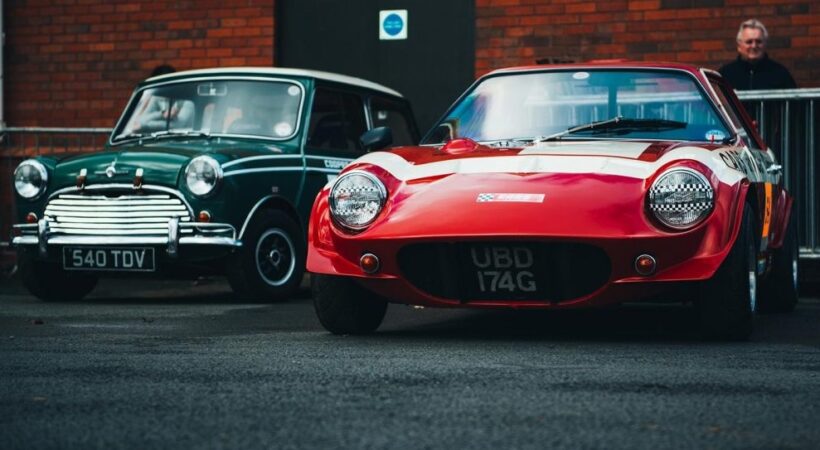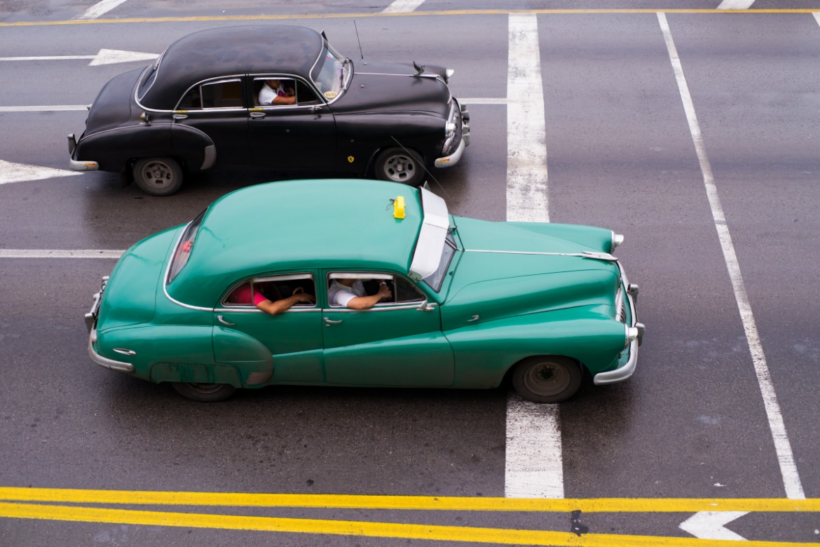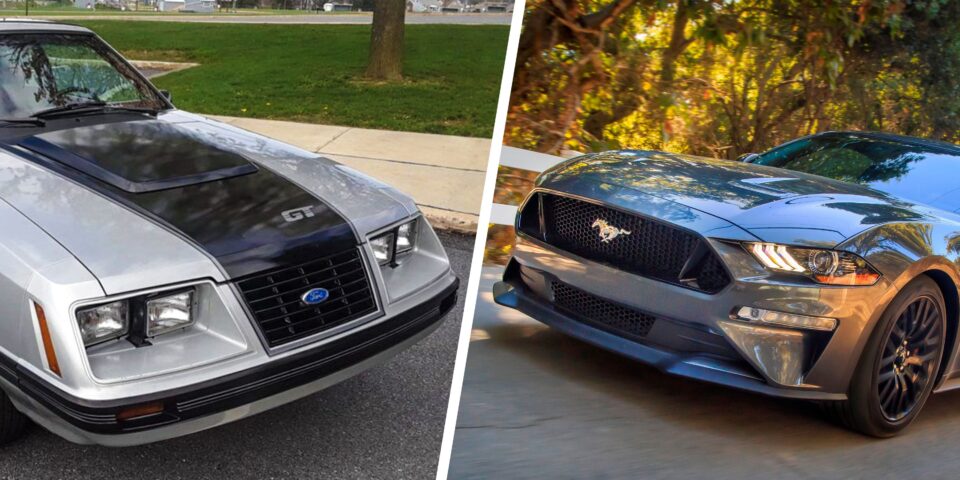In today’s world of cutting-edge technology and innovative safety features, classic cars may not be the first choice for those seeking state-of-the-art protection on the road. However, when we look back at the golden era of automotive design, it’s evident that many classic cars were not only known for their timeless elegance but also featured safety measures that were groundbreaking in their time. While not meeting modern safety standards, these vehicles offer a unique perspective on occupant protection.
The Era of Classic Cars

Classic cars, often defined as those produced between the 1920s and 1970s, evoke a sense of nostalgia and elegance that is hard to replicate. They are admired for their craftsmanship, design, and the driving experience they offer. In an age where simplicity was often key, classic cars were designed with durability and robustness in mind.
Innovative Safety Measures of the Past
While classic cars may lack the advanced safety features we take for granted in modern vehicles, it’s essential to recognize the innovative safety measures that were integrated into their design. Some of these measures included:
Strong Steel Frames
Classic cars typically featured robust steel frames that provided a sturdy foundation. These frames contributed to the car’s structural integrity and acted as a safety cage, protecting occupants in the event of a collision.
Padded Dashboards and Interiors
Many classic cars incorporated padded dashboards and interiors, reducing the risk of injury in case of an impact. These designs were primitive by today’s standards but were an early recognition of the need for softer surfaces within a vehicle.
Lap Seatbelts
In the 1950s, some classic cars began to feature lap seatbelts as a standard safety measure. These seatbelts may not be as sophisticated as modern three-point belts, but they represent a significant step toward occupant protection.
Collapsible Steering Columns
Several classic cars were equipped with collapsible steering columns, designed to reduce injury to the driver in the event of a collision by preventing the steering wheel from being thrust into the cabin.
Thoughtful Placement of Gas Tanks
Some classic cars featured the gas tank placed behind the rear axle, making it less susceptible to rupturing in rear-end collisions, a safety design that influenced future car designs.
Safety in a New Light
In assessing classic cars, it’s essential to consider them in the context of their time. These vehicles were designed when the concept of safety was different from what we understand today. While their safety features may seem rudimentary compared to modern vehicles, they represent an era of innovation, where designers were starting to recognize the importance of protecting occupants.
The Appeal of Classic Cars

Despite their vintage safety features, classic cars continue to have a dedicated following. Enthusiasts are drawn to their timeless elegance, connection to automotive history, and the driving experience they offer. Moreover, driving a classic car often requires different skills, making operators more attentive and cautious and thus enhancing road safety.
Restomods and Safety Upgrades
In recent years, a growing trend within the classic car community has been the practice of “restomods” or “restomodifications.” These are not your typical restorations; they involve modernizing classic cars to meet contemporary safety and performance standards. Restomods are a testament to the enduring allure of classic cars while acknowledging the need for enhanced safety on today’s roads.
Upgrading Safety Features

One of the primary objectives of restomods is to upgrade the safety features of classic cars. While the nostalgic charm of a vintage vehicle is undeniable, many classic cars were designed with safety measures that are now considered outdated. To bridge this gap, restomod enthusiasts incorporate modern safety technologies into the classic car’s design.
Disc Brakes and Suspension Systems
One of the most common safety upgrades in restomods is the installation of disc brakes. Classic cars often come equipped with drum brakes, which do not provide the same stopping power as modern disc brakes. By retrofitting disc brakes, restomods improve the vehicle’s ability to come to a halt quickly, reducing the risk of accidents.
Additionally, restomodders often enhance suspension systems, making classic cars more stable and responsive on the road. This improves handling and reduces the likelihood of rollovers or loss of control during sudden maneuvers.
Modern Seatbelts and Harnesses
Restomods typically replace lap seatbelts with modern three-point seatbelts, providing occupants with better restraint and protection in the event of a collision. Some enthusiasts go even further by installing racing-style harnesses, further enhancing passenger safety, especially during spirited driving.
Airbags
While airbags were virtually unheard of in classic cars, restomodders can retrofit airbag systems into the steering wheel and dashboard. This additional safety feature provides an extra layer of protection in the event of a collision.
Strengthened Frames and Crumple Zones
In the pursuit of modern safety standards, some restomods incorporate strengthened frames and engineered crumple zones to absorb and dissipate impact energy. This further protects the vehicle’s occupants, making classic cars safer overall.
Fire Suppression Systems
In some cases, especially in high-performance restomods, fire suppression systems are installed to prevent or quickly address potential engine fires, ensuring the safety of both the car and its passengers.
Adaptive Lighting and Cameras
Restomods may include adaptive lighting systems that adjust the headlight beams as the vehicle turns to improve visibility and enhance safety. Additionally, the installation of modern backup cameras and parking sensors helps drivers navigate tricky situations more safely.
The Balance Between Nostalgia and Safety
Classic cars offer a unique blend of nostalgia and a glimpse into the past, including groundbreaking safety measures during their time. While modern cars undoubtedly provide advanced safety features, classic car enthusiasts argue that the combination of timeless elegance, robust construction, and the personal responsibility that comes with driving a classic vehicle makes them a compelling choice for those who appreciate both the past and the present.
In conclusion, classic cars may not meet modern safety standards, but they certainly shaped the safety features we now take for granted. Their innovative designs and thoughtful safety measures, coupled with the ongoing trend of restomods and safety upgrades, demonstrate that classic cars can offer a blend of timeless elegance and protection that appeals to both automotive history enthusiasts and safety-conscious drivers.

